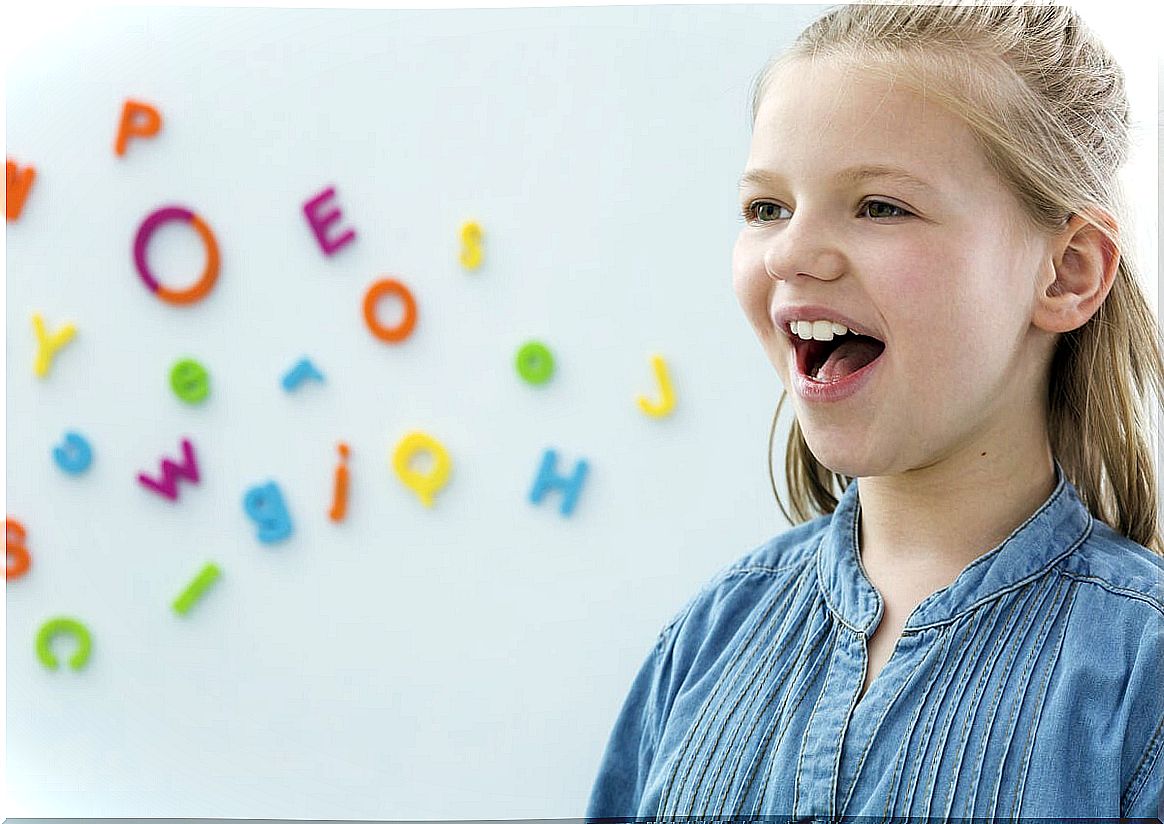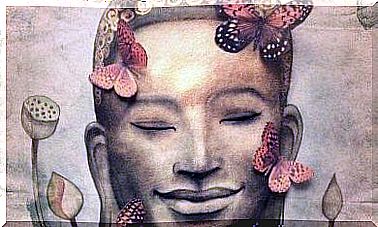Types Of Speech Disorders

Language is one of the most powerful tools of the human being, which differentiates us from other species and allows us to communicate and transmit information, feelings, desires … as well as perpetuate culture and knowledge. Many psychologists analyzed its role in development; one of them was the Russian psychologist Lev Vygotsky, who made important contributions in this regard. However, oral language is sometimes altered by different causes, which causes, among others, certain speech disorders.
Having a speech disorder can generate consequences of all kinds: at a social, academic, personal level… Thus, speech is part of our day-to-day life, and allows us to interact, share information, express ourselves… But, what speech disorders exist? ? We are going to know its definition, causes and symptoms.

Types of speech disorders
There are different types of speech disorders that involve an impairment when creating or forming speech sounds, necessary to communicate with others. Speech disorders make it difficult for children to speak correctly (which affects their pronunciation, word formation, etc.), making it more difficult to understand them.
In the DSM-5 (Diagnostic and Statistical Manual of Mental Disorders) we find the following communication disorders:
- Language disorder
- Speech sound disorder.
- Childhood-Onset Flow Disorder.
- Unspecified communication disorder.
- Social communication disorder.
However, in this article we address the types of speech disorders only, not the communication disorders, so we will only talk about some of those mentioned (those that affect speech). We are going to describe its most important characteristics.
Language disorder (dysphasia)
Language disorder (or dysphasia) involves a series of difficulties in understanding and expressing language that affect children with intelligence appropriate to their age or developmental level. These difficulties manifest themselves in oral and written language, but also in reading. In other words, it is a fairly global disorder.
Depending on its origin, the language disorder or dysphasia can be of two types:
- Developmental dysphasia: its cause is unknown (it cannot be caused by other disorders). It is present from the moment the child begins to communicate.
- Acquired dysphasia: occurs as a result of some type of brain accident, head injury, seizure disorder, etc. It is characterized by a hypoproductivity of language (this is notably diminished).
On the other hand, according to the altered process, we can speak of two types of dysphasias:
- Receptive dysphasia: affects understanding.
- Expressive dysphasia: affects expression.
Finally, we find a special type of dysphasia (in this case, acquired dysphasia) that is worth mentioning: the so-called Landau Kleffner dysphasia (acquired epileptic aphasia). It is a receptive-expressive disorder that manifests itself with multiple alterations in the EEG (electroencephalogram) of the patient. Its cause is an epileptic stroke and its typical onset occurs between 3 and 7 years. It usually appears abruptly.
Phonological disorder (dyslalia)
Continuing with the types of speech disorders, we find the phonological disorder (dyslalia), also called phonetic disorder.
Dyslalia is a disorder that involves mistakes or difficulties in articulating words. The most frequent errors in dyslalias are: the substitution of sounds, the distortions of the sounds and the lack (omission) or addition (insertion) of the same. Its cause is functional, that is, there is no organic lesion that justifies it (its etiology is unknown).
Dyslalia is one of the most common speech disorders in childhood; It is estimated that 2-3% of children between 6 and 7 years old suffer from moderate or severe dyslalia, although the prevalence increases in mild cases. In order to diagnose a dyslalia, it is necessary that the mistakes that the child makes when speaking are inappropriate according to their level of development, and interfere with their social and academic functioning.
Stuttering (dysphemia)
Stuttering or dysphemia, also called childhood-onset fluency (or fluency) disorder in DSM-5, is surely one of the most well-known speech disorders on a social level.
Stuttering affects the fluency and rhythm of speech. When speaking, a person with a stutter emits one or more spasms, as well as blocks, at the beginning of or during speech. This results in a disruption of the normal rhythm of communication.
This disorder usually begins between the ages of 3 and 8; This is because at these ages the normal speech pattern begins to be acquired. According to its duration, we find different types of dysphemia:
- Evolutionary dysphemia : lasts a few months.
- Benign dysphemia : lasts a few years.
- Persistent dysphemia : it is chronic and is seen in adults.
Interestingly, people with stuttering do not stutter in the following situations: when they sing, when they recite a learned text, when they are alone or when they talk with pets. This map of affectation suggests that it is a disorder highly influenced by social anxiety.
On the other hand, according to a study by Ramos (2019) that collects other studies, music and its components (such as rhythm) can help people who stutter to control their speed in speech, reduce their facial tension, increase their phono-respiratory coordination and to reduce their speech dysfluency.

Dysglossia
Another speech disorder is dysglossia; dysglossia causes significant difficulty in articulating the sounds that make up speech. It appears as a consequence of alterations in the orophonatory organs (for example, congenital malformations of the lips, teeth, tongue …). That is, its cause is organic.
Dysarthria
Dysarthria is another speech disorder, this time caused by alterations in neuromotor control (damage to the nervous system). Thus, it translates into difficulty in articulating words, caused by neurological problems that cause the mouth and the muscles that emit speech, not to present an adequate muscle tone, which prevents the person from articulating the words properly. Like dyslalia, dysarthria is one of the best-known speech disorders.
Aphasias
We found different classifications of aphasias; According to the classical neuropsychological model, aphasia implies severity (unlike dysphasia, which is less severe); On the other hand, according to the cognitive model, what differentiates dysphasia from aphasia is that the latter is acquired (vs. dysphasia, which is evolutionary).
However, other authors suggest that what differentiates aphasias from dysphasias is that they occur in adults and not in children. Regardless of its classification, what is clear is that aphasia implies a loss or alteration of language, and that it occurs as a consequence of a brain alteration or injury (for example, a stroke or head trauma).
Depending on the location of the lesion, we find different types of aphasia, with very different symptoms. In this article you will find more information in relation to this type of disorder.









